Saffron: The Golden Spice – 10 Secrets to Buying, Cooking, and Loving the World’s Most Luxurious Flavor
If you've ever seen threads of deep red-orange that look more like jewels than spices, you've likely come across saffron — the crown jewel of the spice world. Revered for millennia for its flavor, color, and medicinal properties, saffron is not only expensive (by weight, it's the most expensive spice in the world), but also deeply complex.
In this article, we’ll unravel the mystery behind saffron, from how it's harvested to how to use it in your kitchen. Whether you're a curious home cook or a seasoned chef, this guide will give you everything you need to know about cooking and caring for this luxurious spice.
Table of Contents
- What is Saffron?
- The Art of Harvesting Saffron
- Buying Guide: How to Choose Real Saffron
- Cooking with Saffron: Tips & Tricks
- 5 Irresistible Saffron Recipes
- Alternatives and Substitutes
- Storing Saffron Like a Pro
- Frequently Asked Questions
- Conclusion
What is Saffron?
Saffron comes from the dried stigmas of the Crocus sativus flower. Each flower produces just three delicate red stigmas, which must be hand-picked during a very short flowering season. This labor-intensive process is why saffron commands such a high price on the global market.
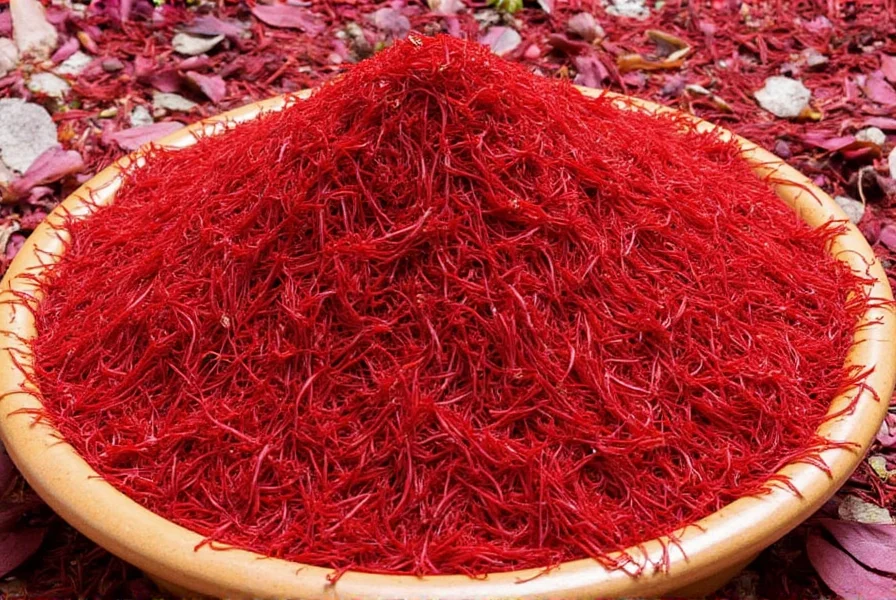
The spice imparts a rich golden hue to food, along with a distinctive floral, earthy aroma and a subtly sweet flavor. Used across cultures—from Spanish paella to Indian biryani—it’s a symbol of luxury and sophistication.
The Art of Harvesting Saffron
Harvesting saffron is a true labor of love. The flowers bloom once a year, typically in the fall, and must be picked early in the morning before the sun gets too hot. Once harvested, the stigmas are carefully removed by hand, then dried slowly to preserve their potency.
| Country | Global Production Share | Quality Grade |
|---|---|---|
| Iran | ~90% | High to Premium |
| India (Kashmir) | ~5% | Premium |
| Greece | ~1% | Moderate |
| Spain | ~1% | Medium |
Iran dominates the market, producing the majority of the world's saffron. However, Kashmiri saffron is often considered the gold standard due to its deep red color and intense aroma.
Buying Guide: How to Choose Real Saffron
Because of its high value, saffron is frequently counterfeited. Here's how to make sure you’re getting the real deal:
- Look for Whole Threads: Avoid powders unless they come from a trusted source. Whole saffron threads are less likely to be adulterated.
- Smell It: Authentic saffron has a strong, hay-like aroma. If it smells dusty or bland, it may be old or fake.
- Color Test: Place a few threads in warm water. True saffron will gradually release a golden-yellow color over several minutes.
- Check Labels: Look for “Crocus sativus” on the packaging. Some sellers try to pass off other plant materials as saffron.
- Certifications Matter: Seek out ISO-certified saffron or products labeled with geographical indications (GI) like Kashmiri or Iranian saffron.
| Product | Features | Advantages | Best For |
|---|---|---|---|
| Kashmiri Saffron | Deep red threads, strong aroma | Superior flavor and coloring power | Specialty dishes, gourmet cooking |
| Persian Saffron (Iran) | Bright red threads, consistent quality | Cost-effective yet high-quality | Daily use, paellas, rice dishes |
| Spanish Manzanilla | Mild flavor, lighter color | Good for beginners or casual cooking | Paella, everyday recipes |

Cooking with Saffron: Tips & Tricks
Saffron can elevate your dishes from ordinary to extraordinary — but only if used correctly. Here are some insider tips:
- Toasting Enhances Flavor: Lightly toast saffron threads in a dry pan for a few seconds to intensify the aroma.
- Soak Before Using: Soak saffron threads in warm liquid (water, broth, milk) for at least 20 minutes before adding to your dish. This releases the full spectrum of flavors and colors.
- Use Sparingly: A little goes a long way! One good pinch (about 20 threads) is usually enough for 4–6 servings.
- Add Early: Saffron needs time to infuse. Add soaked threads and liquid early in the cooking process for best results.
- Avoid Overheating: Don’t boil saffron directly; high heat can destroy its volatile compounds.
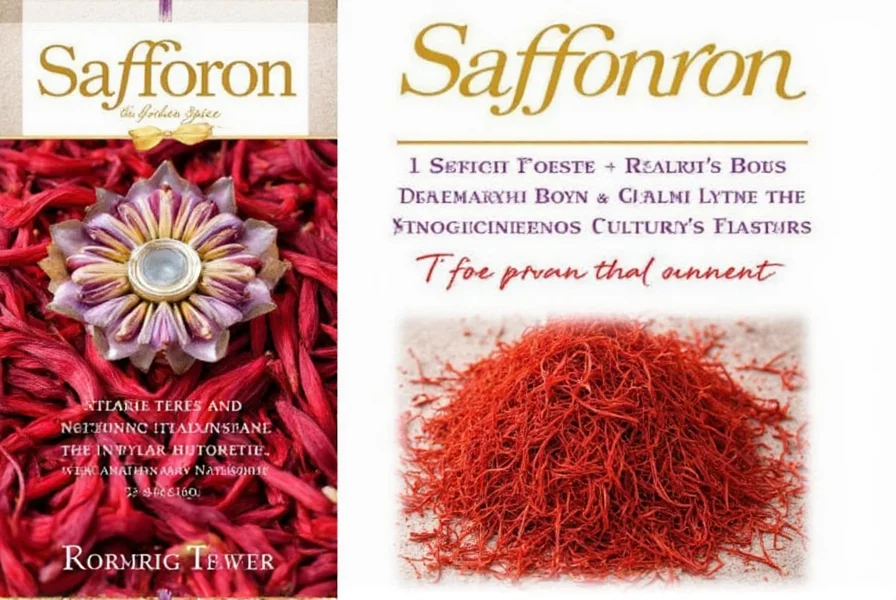
5 Irresistible Saffron Recipes to Try
Ready to get creative? Here are five delicious ways to use saffron in your kitchen:
- Saffron Rice Pilaf: Infuse basmati rice with saffron-infused broth for a stunning side dish that pairs well with lamb, chicken, or vegetables.
- Paella Valenciana: Use Spanish saffron to color and flavor this iconic rice dish loaded with seafood or rabbit and chorizo.
- Saffron Butter Pasta: Toss al dente linguine with saffron butter, Parmesan, and fresh herbs for a quick yet elegant meal.
- Saffron Chicken Braise: Marinate chicken in yogurt, saffron, and spices, then slow-cook until tender and fragrant.
- Saffron Ice Cream: Yes, really! Combine saffron with rosewater, pistachios, and cream for a creamy, aromatic dessert.
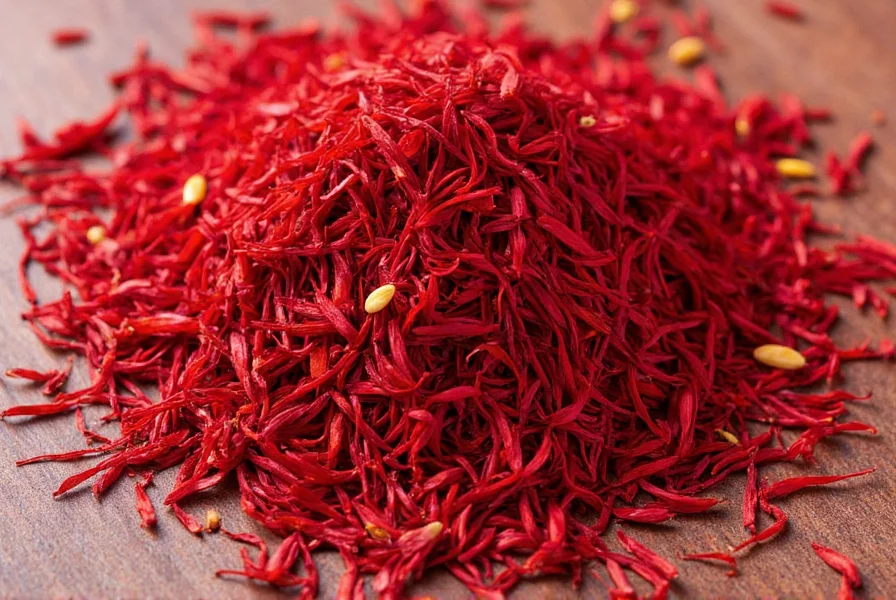
Alternatives and Substitutes
Due to its high cost, many cooks seek alternatives when using saffron. While no substitute fully captures saffron’s unique flavor and aroma, here are a few options:
| Substitute | Flavor Profile | Color Match | Best For |
|---|---|---|---|
| Turmeric | Bitter, earthy | Yellow | Color only; not for flavor |
| Paprika | Smoky, sweet | Reddish-orange | Adding warmth and mild color |
| Anatto | Nutty, peppery | Orange-red | Mexican and Caribbean dishes |
| Fennel Seeds | Licorice-like | None | Complementing saffron in some dishes |
Remember: these are color substitutes, not true replacements. They won't replicate saffron’s complex bouquet, but they can mimic the golden hue in a pinch.
Storing Saffron Like a Pro
Saffron is sensitive to light, moisture, and air — so storing it properly is crucial to preserving its quality.
- Airtight Container: Keep saffron in a sealed glass vial or tin away from humidity.
- Dark Place: Store in a cool, dark cupboard or drawer. Exposure to sunlight degrades its pigments and flavor quickly.
- Don’t Freeze: Contrary to some advice, freezing can cause condensation inside the container, leading to mold or spoilage.
- Shelf Life: High-quality saffron can last up to 2–3 years when stored correctly. Its potency diminishes over time, though.

Frequently Asked Questions
Is saffron safe to eat every day?
Yes, in small amounts. Consuming up to 30 mg per day is generally considered safe and even beneficial for health. Larger doses may have adverse effects.
Can I grow my own saffron?
Yes! Crocus sativus bulbs can be planted in late summer and bloom in the fall. Be prepared for lots of tiny flowers and plenty of patience!
Why does saffron vary so much in price?
It’s all about labor and quality. Higher-grade saffron has longer, redder threads and fewer yellow styles mixed in. The purity and origin significantly affect the price.
Is saffron worth the price?
If you're making a special dish or want the best possible flavor and color, yes. Otherwise, it depends on your budget and frequency of use.
Conclusion
Saffron may be one of the priciest ingredients in the pantry, but it’s also one of the most rewarding. With its unmatched aroma, vibrant color, and ability to transform even simple dishes into gourmet masterpieces, saffron deserves a place in any serious cook’s collection.
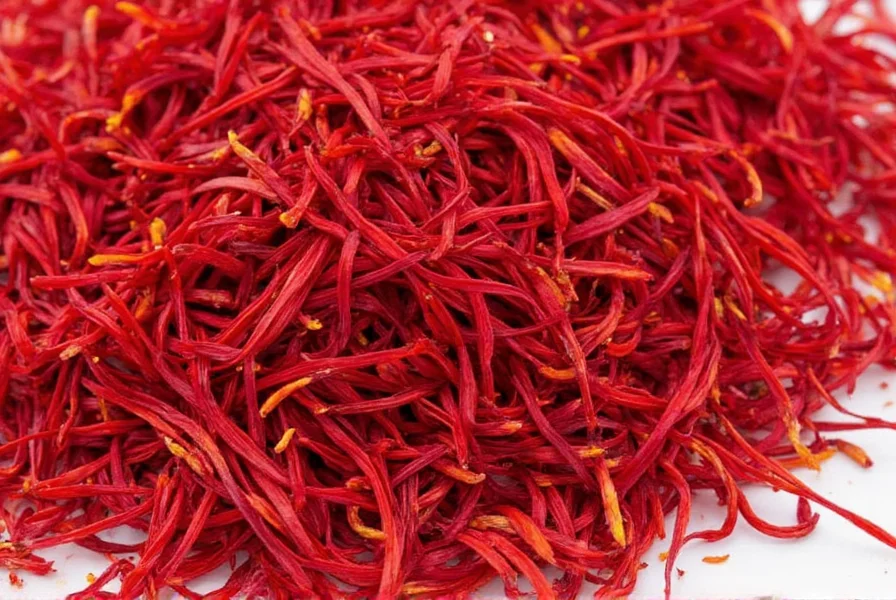
Whether you're simmering a batch of saffron rice, whipping up a creamy risotto, or experimenting with exotic desserts, a few precious threads can take your cooking to new heights. Just remember to buy wisely, store carefully, and use sparingly — because when it comes to saffron, a little truly does go a long way.

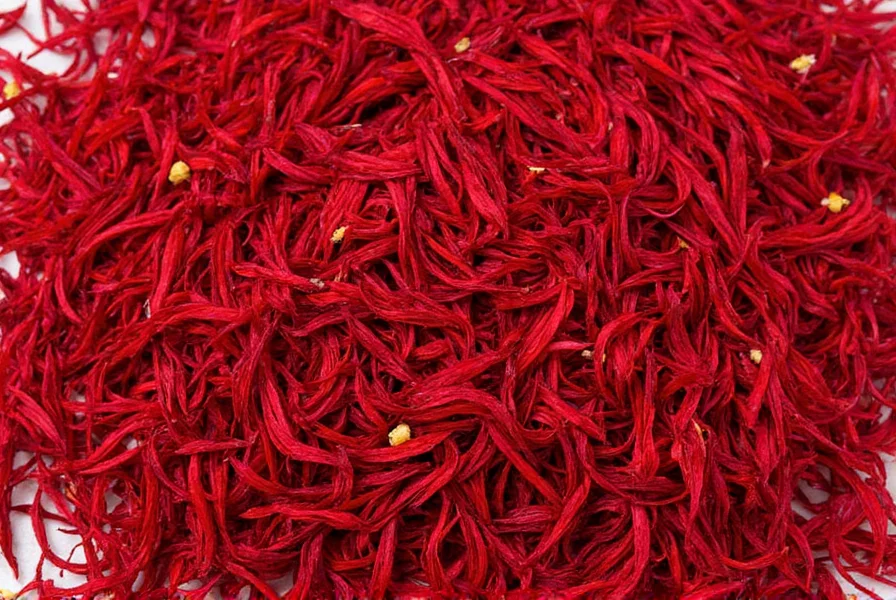









 浙公网安备
33010002000092号
浙公网安备
33010002000092号 浙B2-20120091-4
浙B2-20120091-4